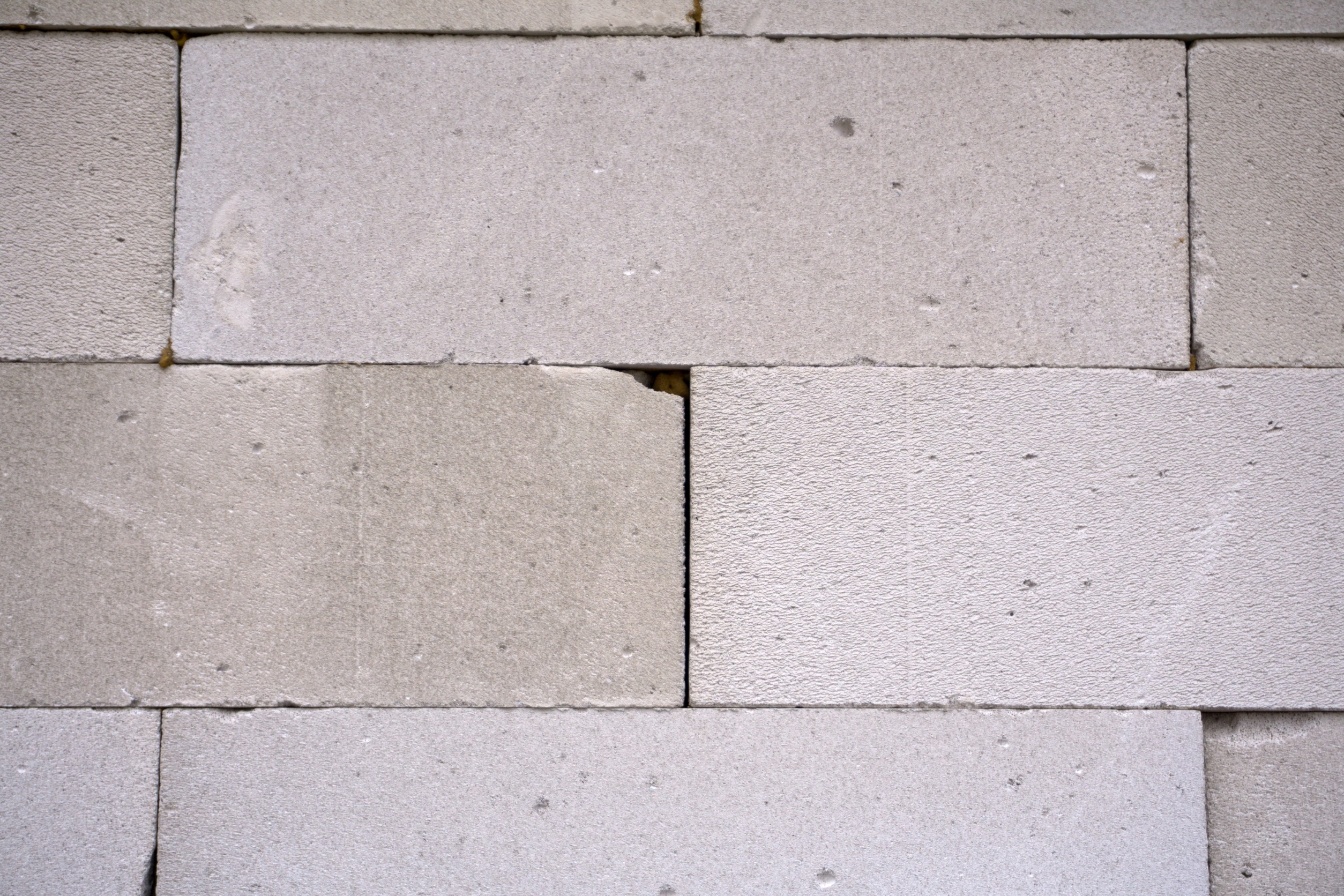Dried fruit is delicious and can serve as a great alternative to candy. The only problem is that producing it is quite energy-intensive.
In order to dry fruit, commercial food producers typically utilize a “non-thermal drying” process. This involves fans blowing unheated air across the fruit to gradually evaporate the moisture out of it. While this technique does leave most of the flavor and nutrients intact, it takes a long time and eats up a whole lot of electricity.
Fortunately, scientists at Switzerland’s Empa research institute have come up with a green alternative to the power-hungry fans being used to dehydrate fruit by tapping into a phenomenon called ionic wind. The phenomenon of the ionic wind is a bit complicated to describe, so let’s take a look at the way NewAtlas explains it.
“To understand how it works, you first have to consider that air is composed of gases such as oxygen, carbon dioxide and nitrogen. The atoms that make up each of the gas molecules in turn consist of negatively charged electrons and heavier positively charged protons.”
“When a suspended wire is positively charged to a high voltage, the electrons are thus drawn towards it, while the protons are repelled. In fact, the electrons actually split off from the nearby gas molecules, leaving the protons behind. As a result, the gas molecules are now only positively charged, so they move away from the wire, towards a grounded collector located beneath it. While on their way to that collector, they collide with neutrally charged gas molecules, sending them heading in the same direction. All of those moving molecules ultimately create a wind.”
Previously, scientists only had limited success with ionic wind technology to dry fruit, mainly because they placed the fruit on an impermeable tray. This time around, however, colleagues at Canada’s Dalhousie University took the extra step of placing the fruit on a grounded mesh. This made all the difference as the moisture could now evaporate from all sides of the fruit, allowing it to dry twice as fast and in a more uniform fashion.
In comparison with non-thermal drying techniques, the ionic wind method was found to consume less than half as much energy. On top of that, the fruit dried much quicker while allow preserving more nutrients.
The Empa researchers are now working to scale up the system for commercial use, which they say should be fairly simple to do. And though you may not have asked for it, now you’re up to date on the latest fruit-drying technology.












